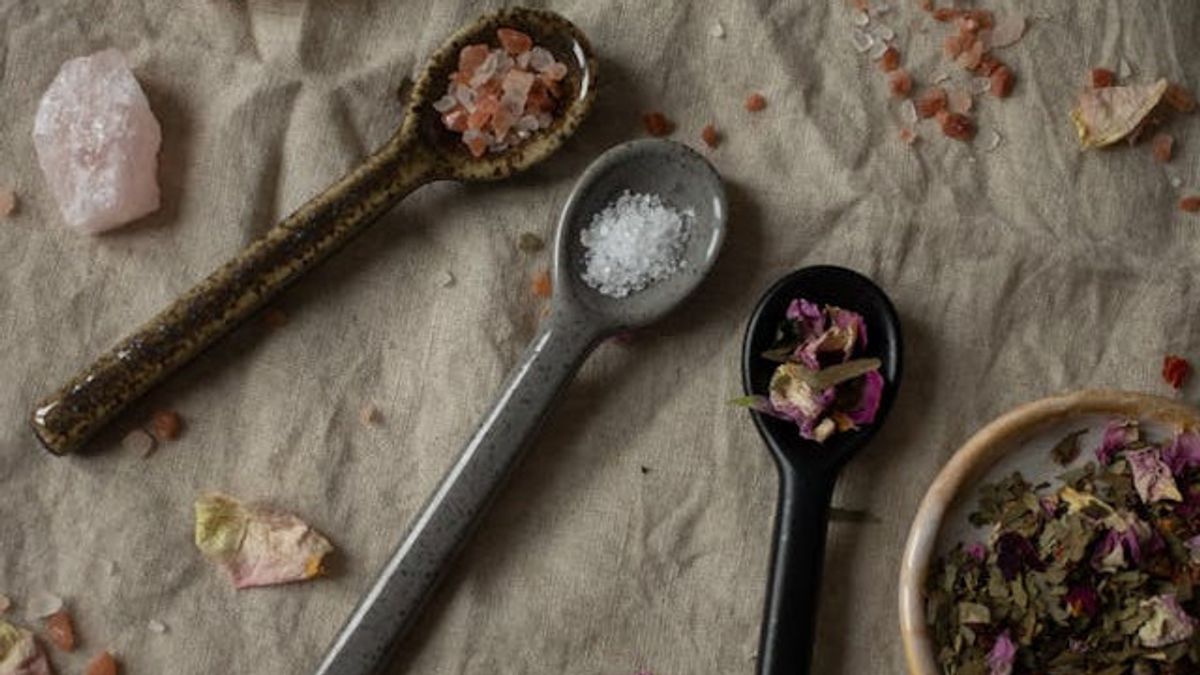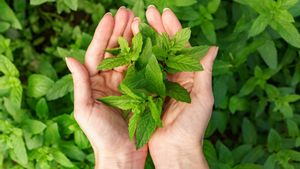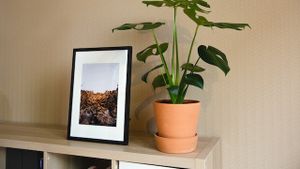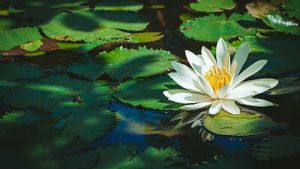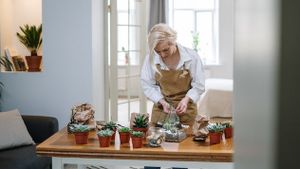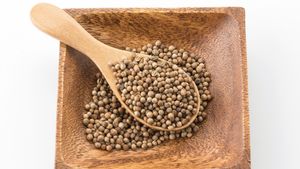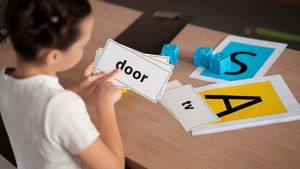JAKARTA - Epsom salt is a beneficial supplement for plants that work well to increase flower color and encourage healthier blooms. This natural ingredient contains magnesium and sulfur, an important nutrient that supports plant growth and vitality.
When dissolved in water and applied to the soil, the solution helps plants absorb nutrients more efficiently. So that it produces bright color flowers and better plant health.
The following is a further review of how to use Epsom salt for plants, such as being adapted from The Spruce, Thursday, May 16.
Epsom salt or magnesium sulfate is often used for therapeutic and household benefits. This is not a type of salt but a natural mineral compound consisting of magnesium, sulfur, and oxygen. Epsom salt is usually used in gardening to improve soil quality and increase plant growth.
Using Epsom salt for plants offers many benefits. Flexibility and effectiveness make this salt an important addition to many garden uses. Epsom salt helps percam made of seeds and encourages stronger plant growth.
Among its many uses, Epsom salt also increases flower growth, increases nutrient absorption, and encourages healthier leaf growth. In addition, it also functions as a natural expulsion ofappropriates and other pests, as well as protecting plants from damage.
It is very important to know the right time to use Epsom salt on plants. One of the signs of a lack of nutrients, namely leaves starting to turn yellow or plant growth slows down. If these signs start to appear on plants, then it is time to consider adding Epsom salt to the ground. Also, doing soil tests to identify any shortcomings before applying changes to the park. Ground tests are useful for knowing the pH level and the concentration of soil nutrients. So it tells you how much Epsom salt should be used.
Putting Epsom salt into a mixture of soil can provide direct benefits if applied to newly planted seeds. Adding minerals that form Epsom salt supports strong root growth and help prevent transplant shocks. Watering seeds with diluted Epsom salt solutions can increase seed resistance and growth.
Using Epsom salt effectively in the garden, spill one to two tablespoons of salt into one gallon of water before watering the plants. The exact amount of Epsom salt needed may differ depending on the condition of the type of plant being treated.
This solution can be applied directly to the ground around the base of the plant or sprayed into the leaves.
In order to get the best results, apply Epsom salt during the planting season to support healthy growth. By following this method, you can ensure that plants receive the nutrients needed to keep plants happy and healthy throughout the season.
Vegetables
In helping vegetable plants grow better, mix one tablespoon of Epsom salt with one gallon of water and pour it around the base of the plant every two weeks during the planting season.
Tomatoes
When planting tomatoes, add one to two tablespoons of Epsom salt into the ground. During the planting season, spray the leaves with one tablespoon of Epsom salt per gallon of water every two weeks to make the tomatoes healthier.
Mawar And Other Flowers
For roses and other flowers, mix one tablespoon of Epsom salt with one gallon of water and pour it around the base of the plant every two weeks to bloom more beautifully.
Grab the bush
To help shrubs grow stronger, mix one tablespoon of Epsom salt with one gallon of water and pour it around the base of the shrub every two to four weeks during the planting season.
Ornamental plants
In order for your ornamental plants to stay healthy and green, sprinkle plants once a month with a mixture of one tablespoon of Epsom salt per gallon of water.
Grass yard
To help the lawn stay green and healthy, dissolve two tablespoons of Epsom salt into one gallon of water and spray it on top.
Tree
To encourage strong and healthy growth, sprinkle one tablespoon of Epsom salt. For every nine square feet the root area around trees every two to four weeks during the planting season.
SEE ALSO:
The English, Chinese, Japanese, Arabic, and French versions are automatically generated by the AI. So there may still be inaccuracies in translating, please always see Indonesian as our main language. (system supported by DigitalSiber.id)
